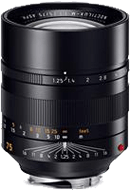Like the old cameras of yesteryears, some of the modern mirrorless cameras of today comes with a screw-threaded hole on the shutter release button.
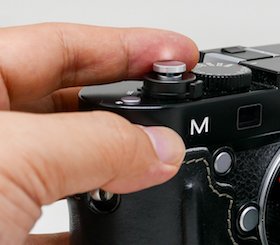
This hole is to allow one to connect a shutter release cable, which is especially useful in preventing camera shakes for long exposure shots. What about normal exposure day-to-day shots?
You could leave the hole as it is, but many would argue that attaching a soft shutter release button helps in the ergonomics of photo taking, and I have found this to be true.
However, it is common occurrence to find this soft shutter release button unscrewing itself loose from your camera, and I have lost at least three of these buttons in my first 2 months of using them.
Today we will be discussing how we can prevent the soft shutter release button from falling off your camera on its own.
A Couple of Options
Some people have suggested that you could slightly tighten the soft shutter release button every time you use your camera, or as you’re taking it out of the bag.
I have found this active way of doing to be too much of an unnecessary additional step, and prefer something more passive, i.e. something you don’t have to remember doing every time you pick up the camera.
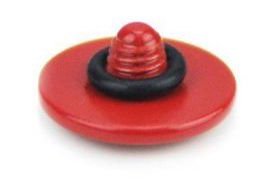
One of the better suggestions I have come across is to use a small and thin silicone O-ring, that would sit between the camera shutter release and the soft shutter release button. I have not used this method, but I am quite sure it would work – when the soft shutter release button is screwed in firmly enough, the silicone O-ring acts as a friction medium that prevents the button from accidentally unscrewing itself.
While this may work quite well to a certain degree, I find the next method a little more preferable.
Lock ’em Darn Threads Down…
I use a threadlocker compound to prevent my soft shutter release button from falling off my Leica M Typ 240.
Threadlockers come in a variety of grades and purpose often denoted by its colour, and the two main ones available in the market a red and blue. Red threadlockers are meant for high strength applications, while blue is medium strength. There is also green which allows items to be removable by heat, and purple which is suitable for low strength suitable for small screw applications and for lower-strength metals such as brass and aluminium.
You would also want to choose one with a suitable working and curing time, which I will explain further below.
For the purpose of today’s topic, I would suggest either using the blue or the purple threadlocker, and in my example below, I have opted for a blue threadlocker.
I would advise against using glue as an alternative for this purpose. The threadlocker I have used is of removable strength, which allows the soft shutter release button to be removed at any time for whatever reasons.
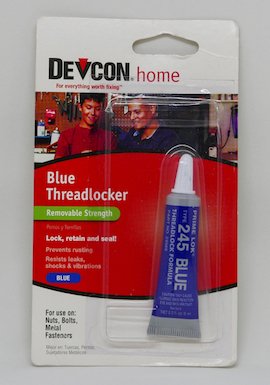 |
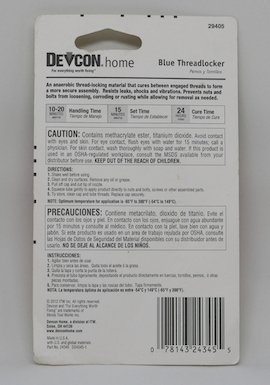 |
NOTE: As stated above, whichever brand you use, be sure to follow the recommended working time as stipulated by the manufacturer. This is usually given in the instructions on the back of the product packaging. For the particular one I was using, the manufacturer stated the following working time:
- HANDLING TIME (10 – 20 mins): This is the time which allows me to apply the compound on the item and work the items into where it is supposed to go. 10 minutes is more than ample time to squeeze some of the threadlocker on the soft shutter release button and screw it on into the camera shutter release.
- SET TIME (15 mins): This indicates the time that you should no longer touch the button or adjust it physically and allow the compound to set within its space.
- CURE TIME (24 hours): Allow the soft shutter release button to remain as it is for the duration of the cure time for the threadlocker to achieve its intended working strength. As such, it is important that you plan beforehand to only do this procedure when you are not going to use the camera throughout the curing duration.
Applying the Threadlocker
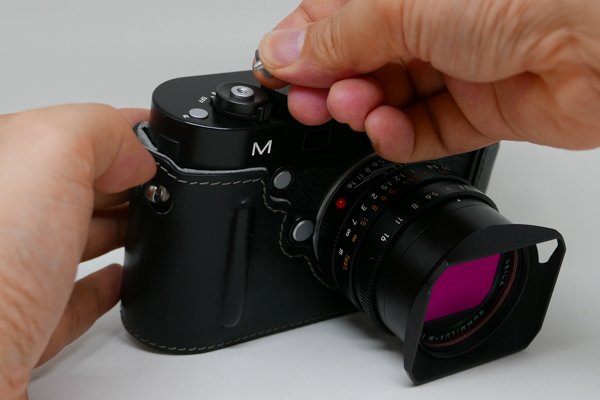
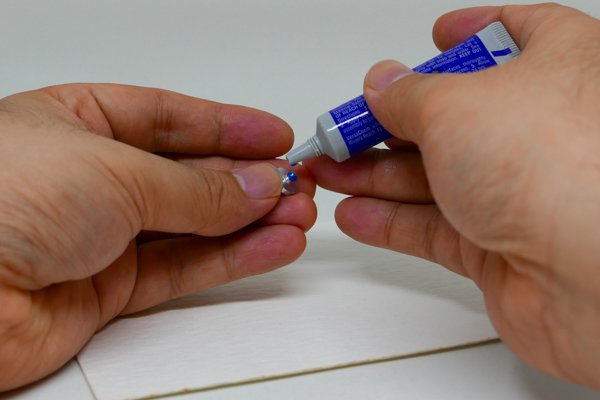
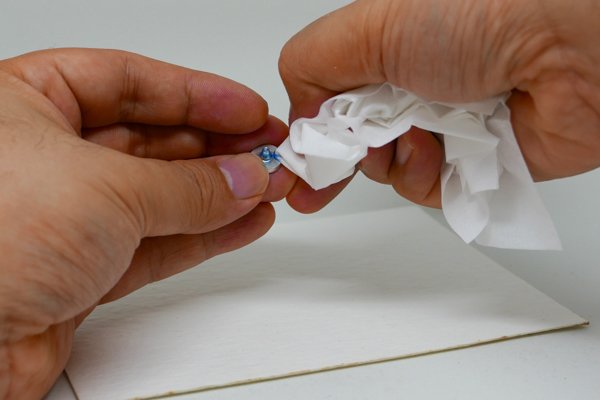
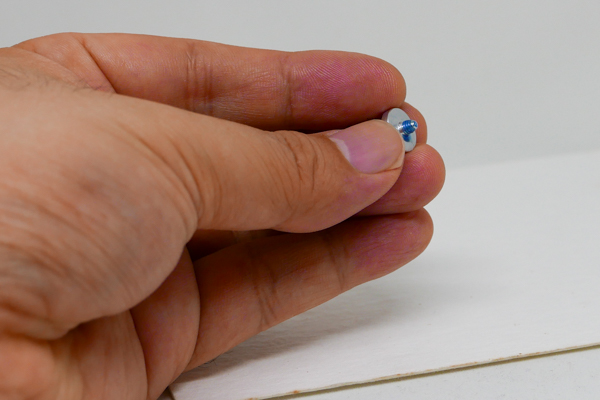
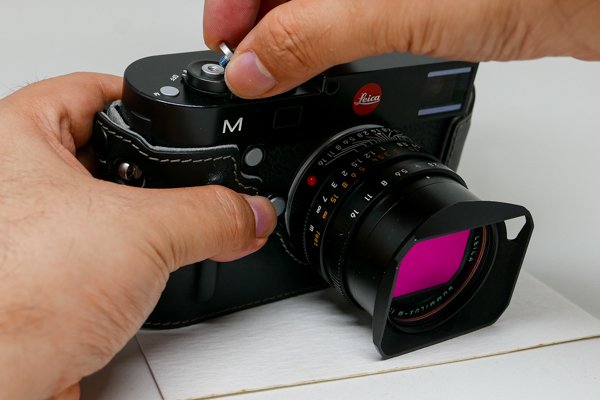
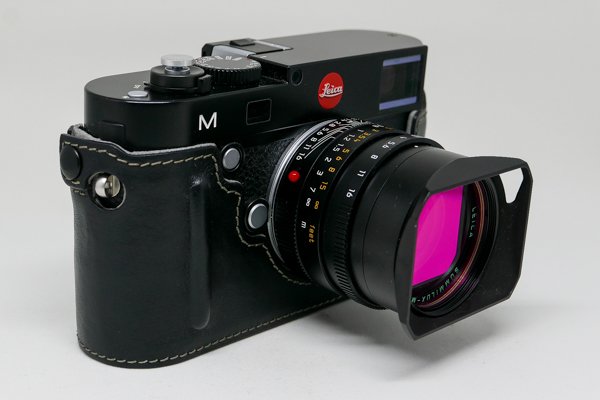
After 24 Hours…
The camera is ready for use once the cure time of 24 hours has elapsed. Be sure to allow the threadlocker its entire course of curing as recommended by the product manufacturer.
The soft shutter release button has been on my camera for over a month now and there is no indication so far that it is slipping loose and falling out.
One month may not be a long enough test duration to conclusively say this solution is faultless, but considering I lost three in my first two months of use with the buttons slipping out every other week or so and eventually disappearing somewhere, this button has so far stayed on fast without falling into the bag or needing to tighten it every time I pick up my camera.
Comparing with what I had previously experienced and with the way it is going so far, I can say with near absolute certainty that this is by all means an effective solution to prevent the soft shutter release button from falling off your camera.
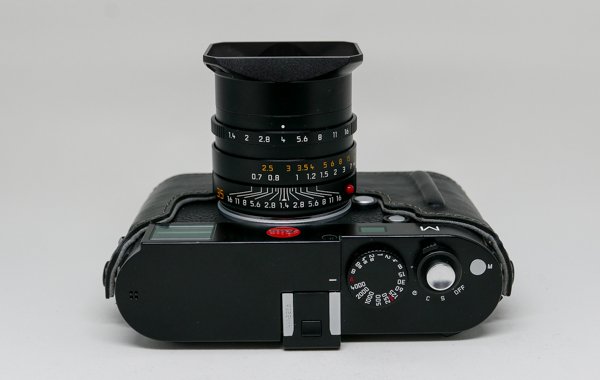
SEE ALSO:
(select based on camera suitability)

